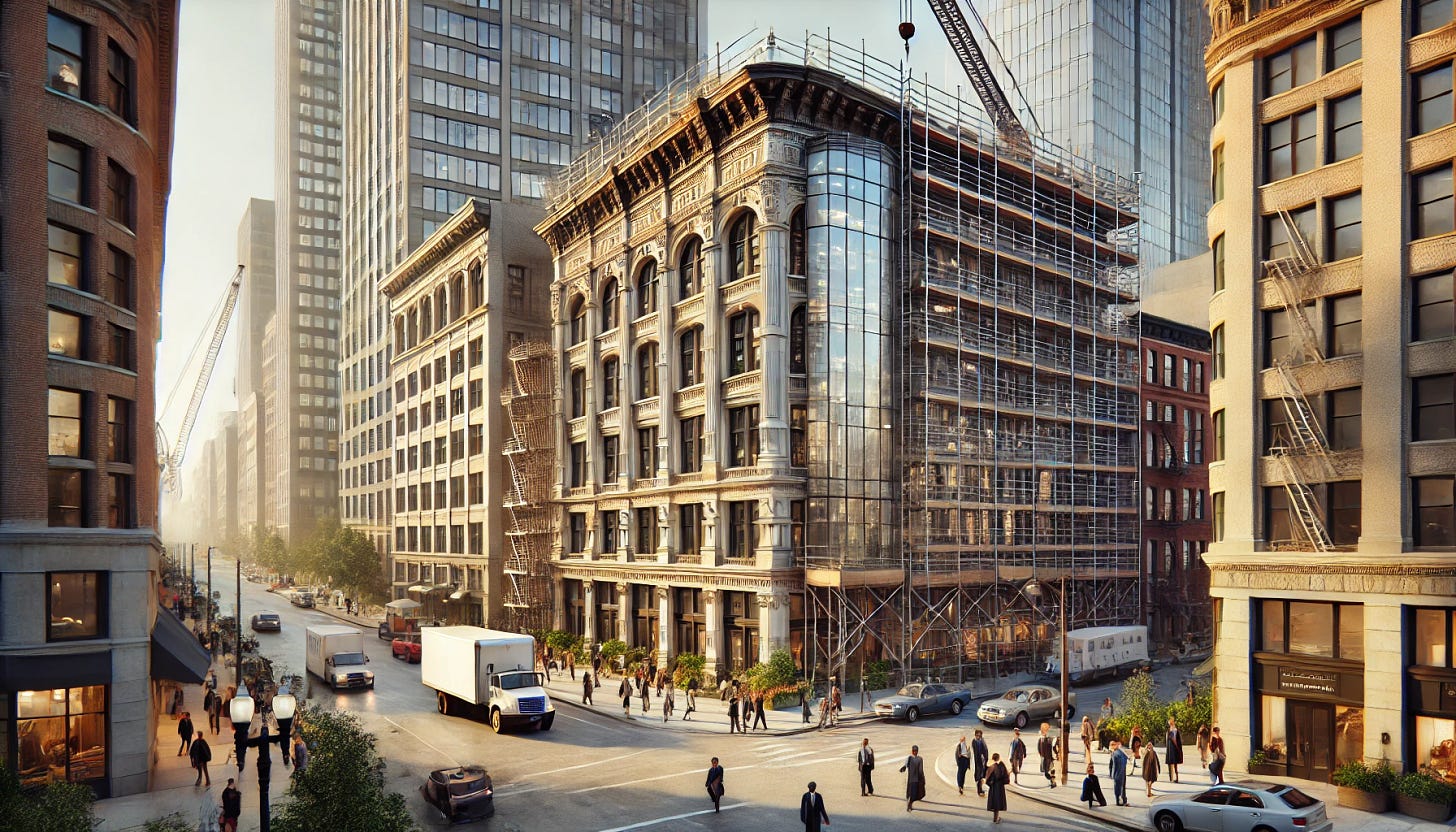DEEP DIVE: Reposition or Reprice?
The Real Driver Behind Office Market Stalemate
And what I believe it really takes to unlock value in today’s market
The office market has changed, but too often, pricing hasn’t.
At Brave Corp, we’re seeing more buildings sit partially or fully vacant. But unlocking their potential isn’t just about finding new tenants. In many cases, it requires a full repositioning - both physically and financially.
The Real Cost to Re-lease
Re-leasing older office buildings today means delivering an entirely new experience.
That includes:
High-spec fit-outs
ESG-led upgrades (like meeting EPC B standards at a minimum)
Hotel-style hospitality and services
Layered amenities that align with hybrid work patterns
These aren’t superficial enhancements. They’re major capital expenditures, often requiring significant outlay, on top of planning risk, marketing, debt structuring, and deal costs.
Yet many current owners are still working off valuations that pre-date these realities. That’s where the disconnect begins.
Capital Is Moving—and It’s More Selective Than Ever
Institutional capital is rebalancing.
Office isn’t the automatic allocation it once was. Investors are shifting toward sectors and strategies with better risk-adjusted returns and clearer pathways to value creation.
And that shift is breaking the traditional value-add model.
Historically, value-add players would acquire a well-located but underperforming asset, reposition it, and exit to core or core-plus buyers looking for stabilized, income-producing product.
But many of those buyers have now stepped back—or repriced their return expectations.
Without a clear exit, the middle of the capital stack has weakened—leaving many value-add strategies without a path to realize returns.
Today, many of the typical value-add players are still active—but they’re navigating a very different landscape.
With fewer reliable exits, longer hold periods, and higher repositioning costs, the traditional playbook no longer applies.
Deals don’t break down on ambition—they break down on underwriting.
That said, there is capital willing to invest in large-scale repositioning—
but it's a different profile: more operational, more conviction-led, and more focused on long-term value creation.
And for that capital to move, the entry price has to reflect the true cost of transformation.
When Values Don’t Adjust, Buildings Don’t Trade
What happens when the total cost of repositioning pushes the deal beyond what sellers are willing to accept?
Keep reading with a 7-day free trial
Subscribe to Brave Ideas to keep reading this post and get 7 days of free access to the full post archives.





